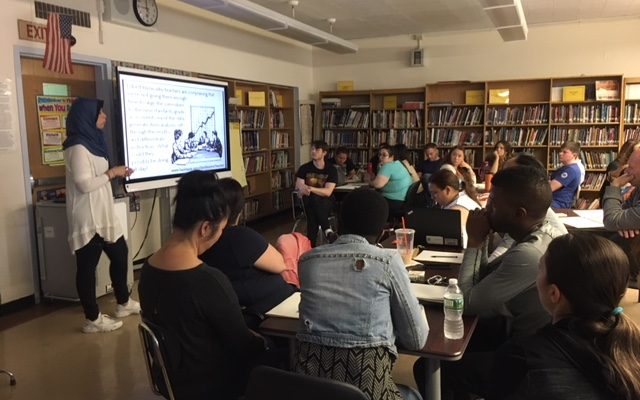21 Strategies to Help Students Who Write and Pass Notes

Are you looking for strategies to help students who write and pass notes? If so, keep reading.
1. Give a full schedule of daily activities. Stop lag time from happening when the learner can take part in writing and passing notes.
2. Place the learner near the teacher.
3. Provide visibility to and from the learner. The teacher should be able to see the learner; the learner should be able to see the teacher. Make eye contact possible at all times.
4. Talk regularly with the learner to monitor their behavior.
5. Take the learner away from peers with whom they are writing and passing notes.
6. Give students frequent chances to interact with one another (e.g., before and after school, between learning activities, etc.).
7. Utilize “note writing” as a language arts learning experience each day.
8. Make sure the learner knows the consequences of writing and passing notes.
9. Be firm, fair, and consistent when delivering consequences to those students who write and pass notes.
10. Establish a time each day when the learner is permitted to write notes to other students.
11. Make sure the learner knows that passing notes when someone else is talking or giving instructions is rude.
12. Do not provide too much free time for the learner.
13. Select a peer to model appropriate behavior for the learner.
14. Connect with parents (e.g., notes home, phone calls, etc.) to disseminate information about the learner’s progress. The parents may reinforce the learner at home for not writing and passing notes at school.
15. Draft an agreement with the learner stipulating what behavior is required (e.g., not writing and passing notes) and which reinforcement will be implemented when the agreement has been met.
16. Praise the learner for not writing and passing notes based on the duration of time the learner can be successful. As the learner shows success, slowly increase the duration of time required for reinforcement.
17. Praise those students in the classroom who do not write and pass notes.
18. Create classroom rules: • Complete every assignment. • Remain in your seat. • Finish tasks. • Meet task expectations. • Raise your hand. Examine rules often. Praise students for following the rules.
19. Converse with the learner to explain (a) what the learner is doing wrong (e.g., writing and passing notes) and (b) what the learner should be doing (e.g., working quietly).
20. Praise the learner for demonstrating appropriate behavior: (a) give the learner an informal reward (e.g., privileges such as leading the line, handing out learning materials, 10 minutes of free time, etc.) or (b) give the learner an informal reward (e.g., praise, handshake, smile, etc.).
21. Consider using a classroom management app. Click here to view a list of apps that we recommend.
22. Consider using an adaptive behavior management app. Click here to view a list of apps that we recommend.
23. Consider using Alexa to help the student learn to behave appropriately. Click here to read an article that we wrote on the subject.
24. Click here to learn about six bonus strategies for challenging problem behaviors and mastering classroom management.






